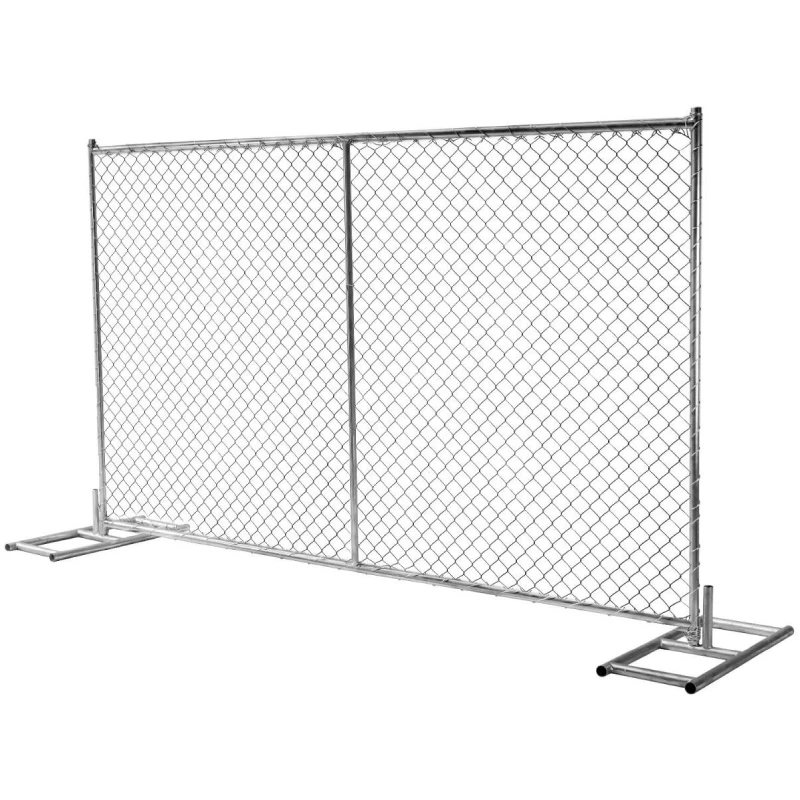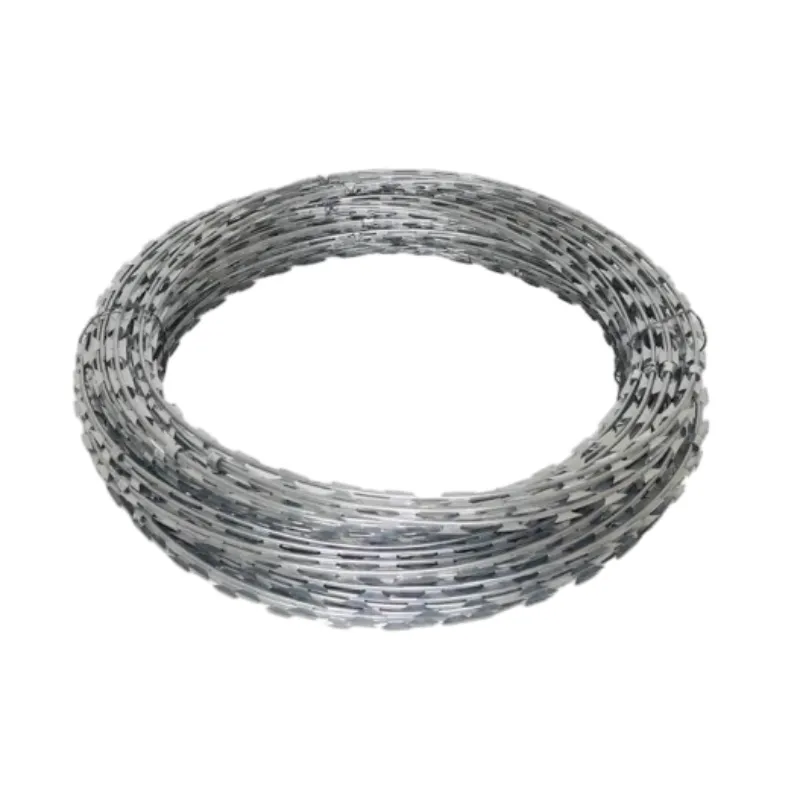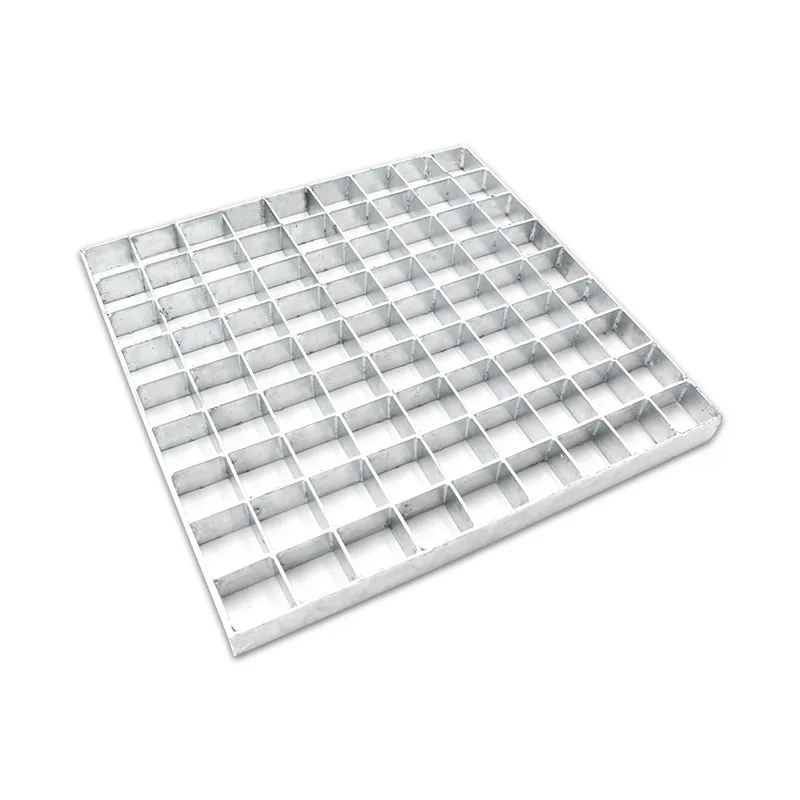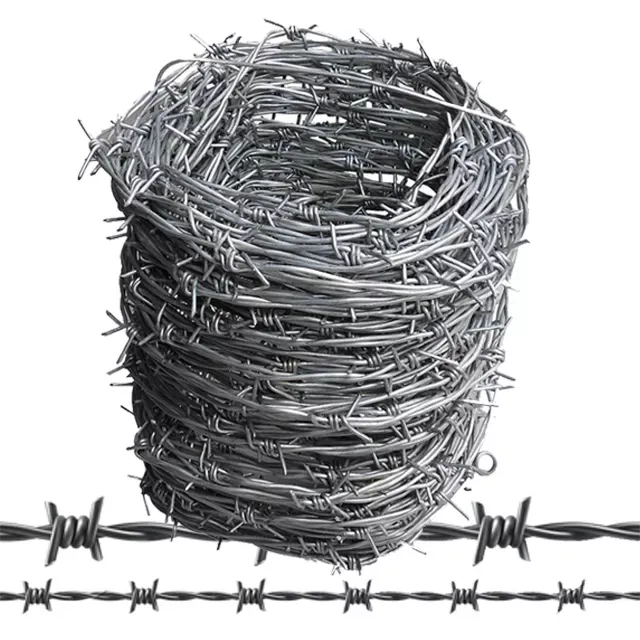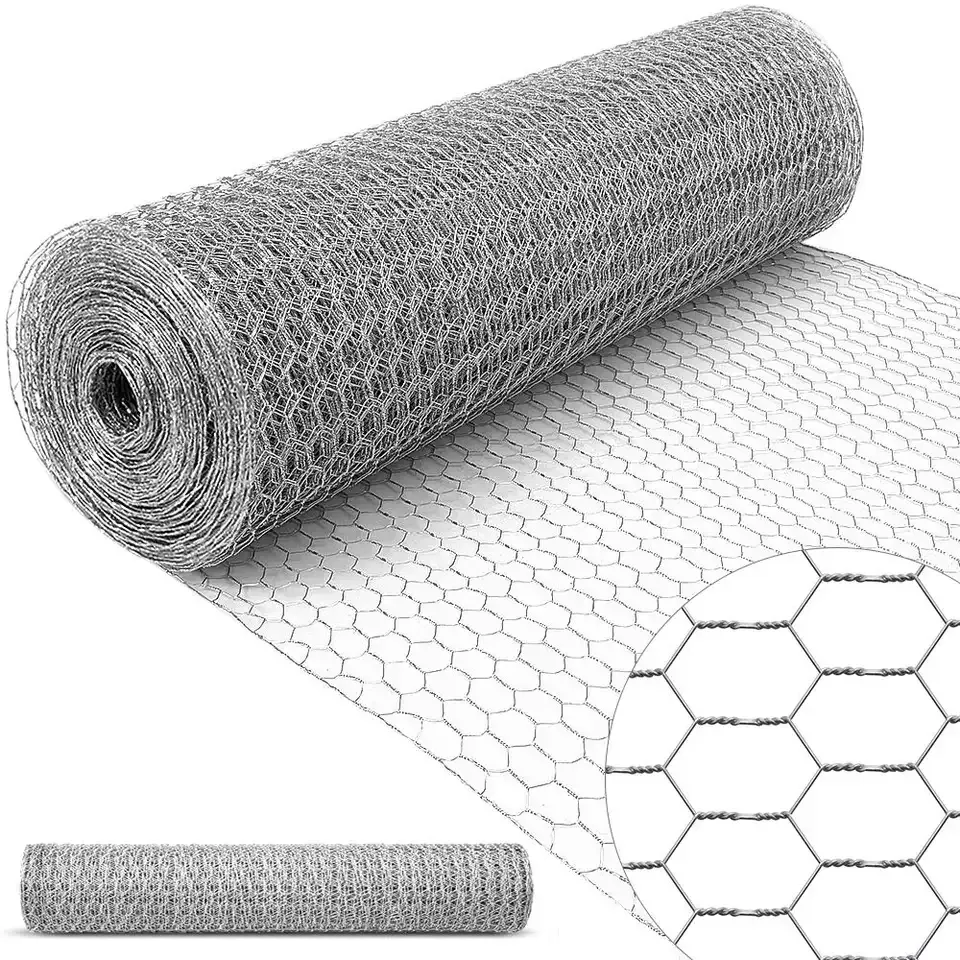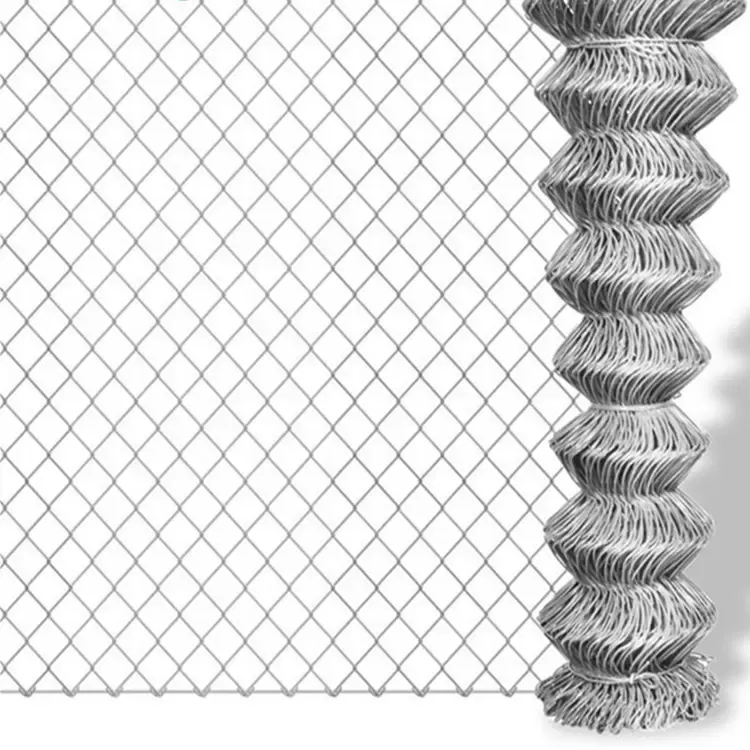
- Afrikaans
- Albanian
- Arabic
- Armenian
- Azerbaijani
- Basque
- Belarusian
- Bengali
- Bosnian
- Bulgarian
- Croatian
- Czech
- Danish
- Dutch
- English
- Esperanto
- Estonian
- Finnish
- French
- Galician
- Georgian
- German
- Greek
- hawaiian
- Hindi
- Hungarian
- Indonesian
- irish
- Italian
- Lao
- Latvian
- Lithuanian
- Luxembourgish
- Macedonian
- Maltese
- Myanmar
- Norwegian
- Polish
- Portuguese
- Romanian
- Russian
- Serbian
- Slovak
- Somali
- Spanish
- Swedish
- Thai
- Turkish
- Turkmen
- Vietnamese
Jun . 04, 2025 01:05 Back to list
Barbed Wire Fence High-Security Razor Fencing Solutions
- Industry Impact Statistics on Perimeter Security
- Technical Superiority Over Conventional Barriers
- Leading Manufacturer Capability Analysis
- Custom Engineering for Site-Specific Threats
- Military Base Protection Systems
- Critical Infrastructure Defense Case Studies
- Evolution in Security Barrier Technology
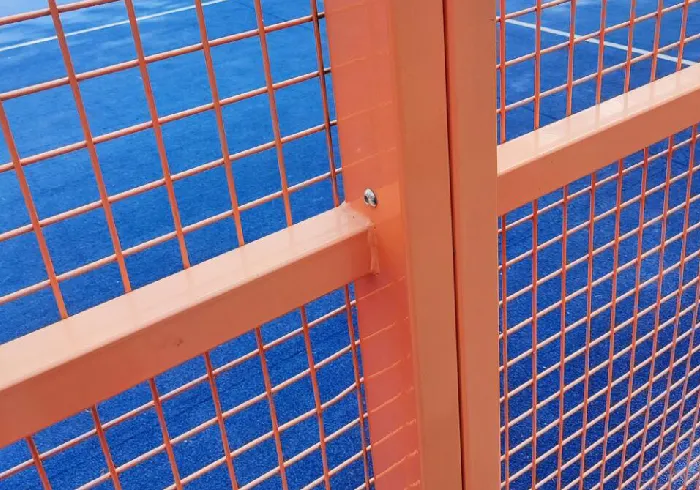
(barbed wire fence)
The Pervasive Role of Barbed Wire Fence in Modern Security
Perimeter barriers represent the primary defense layer for 92% of secure facilities worldwide. Barbed wire fencing solutions have evolved into highly engineered security systems since their 1874 agricultural inception. Contemporary installations combine tensile strength with strategic threat deterrence. High-security sites increasingly deploy integrated systems where barbed wire razor wire configurations provide graded security zones. These hybrid barriers serve critical functions across military, industrial, and institutional applications where unauthorized access prevention proves non-negotiable.
Engineered Security Advantages
Modern barbed and razor wire configurations deliver measurable performance benefits over traditional barriers. Military-grade specifications include:
- Galvanized steel achieving 350-500 HV micro-hardness ratings
- Corrosion resistance exceeding 25 years in coastal environments
- Dual-purpose coil designs allowing concertina or flat-wrap deployment
Laboratory testing reveals standardized razor tape produces 3.8 times the penetration resistance of conventional barbed strand designs. Combined installations create sequential deterrence: visual intimidation preceding physical impenetrability. These engineered characteristics translate into quantifiable security improvements according to ASTM F2878 standards.
Manufacturing Capability Comparison
Industry leaders employ different approaches to barbed wire and razor wire production:
| Manufacturer | Wire Gauge (SWG) | Galvanization (g/m²) | Barbs per Meter | UV Resistance (Years) |
|---|---|---|---|---|
| Global Security Fencing | 12-14 | 260 (Class 3) | 36-48 | 15+ |
| Perimeter Defense Systems | 10-12 | 285 (Class 4) | 26-34 | 20+ |
| ArmorLine Protection | 8-10 | 330 (Class 5) | 22-28 | 25+ |
Third-party validation confirms Class 4 galvanized razor wire outperforms basic coatings by lasting 87% longer in accelerated salt-spray testing. Thicker gauges maintain structural integrity after deliberate compromise attempts significantly better than lightweight alternatives.
Custom Threat-Adaptive Designs
Security consultants increasingly specify hybrid solutions that combine barbed wire razor wire configurations to address unique vulnerabilities. Standard integration patterns include:
- Ground-level triple-coil with blade tape topping
- Anti-climb blade barriers positioned behind barbed wire screens
- Multi-directional cluster coils in high-incursion zones
Vibration-detection integration has increased 42% among correctional facilities since 2020 according to Department of Justice statistics. Physical barriers coupled with electronic surveillance form integrated defense systems where each component enhances the other's effectiveness against climbing, cutting, or tunneling attempts.
Defense Installation Applications
Military installations worldwide utilize barbed wire and razor wire in layered perimeter systems. Fort Bragg's 2021 upgrade demonstrates measurable performance improvements:
- 42% reduction in intrusion attempts
- 57% faster breach detection time
- 28% decrease in maintenance requirements
Critical energy infrastructure protection employs similar configurations around substations and pipelines where the visible deterrent reduces incidental contact while specialized coatings prevent electrical conductivity. Facility managers consistently report superior barrier lifespan compared with uncoated alternatives when facing extreme environmental conditions.
Industrial Security Implementations
Three documented examples demonstrate specialized barrier applications:
Automotive Manufacturing (Germany): Razor wire barriers reduced perimeter breach incidents from 14 to 2 annually after installation. The integrated infrared system with blade tape barriers provides instant response coordination.
Data Center (Virginia): Concentric defense rings combine barbed wire razor wire barriers at different heights and densities. Physical penetration attempts dropped to zero for 36 consecutive months following project completion.
Prison Complex (California): Triple-layer fencing with intermediate blade barrier eliminated climbing escape attempts completely since implementation. The project yielded full investment recovery through reduced guard patrol requirements within 18 months.
Future Development Trajectory
Perimeter security barriers continue evolving beyond traditional barbed wire fence
concepts. Manufacturing innovations emerging within the industry include zinc-aluminium-magnesium coated razor wire that triples lifespan in corrosive environments. Leading research institutions are testing graphene-enhanced alloys that simultaneously increase tensile strength by 60% while reducing weight for specialized applications. These technical improvements ensure barbed wire and razor wire will remain foundational components of integrated security architectures where deterrence through physical impossibility remains paramount.
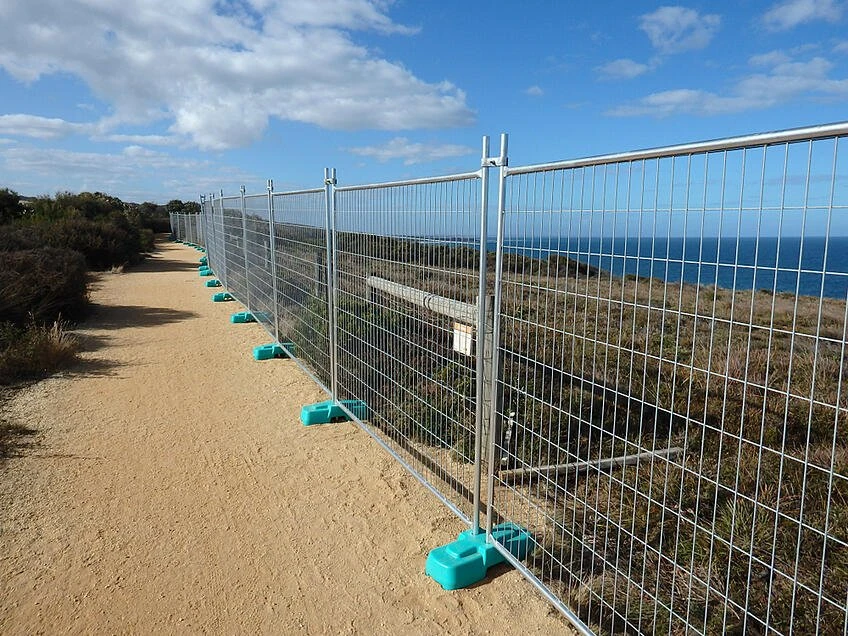
(barbed wire fence)
FAQS on barbed wire fence
Q: What are the main differences between barbed wire fence and razor wire?
Q: What are the main differences between barbed wire fence and razor wire?
A: Barbed wire uses sharp metal points spaced along strands, primarily for livestock containment. Razor wire features razor-sharp blades, offering heightened security against human intrusion. Both deter breaches but razor wire causes more severe injuries.
Q: Can barbed wire and razor wire be combined on one fence?
Q: Can barbed wire and razor wire be combined on one fence?
A: Yes, barbed wire and razor wire are often layered for enhanced security. Barbed wire forms the base layer, while razor wire is added atop perimeter fences. This combination deters both climbing and cutting attempts effectively.
Q: How effective is a barbed wire razor wire fence for high-security areas?
Q: How effective is a barbed wire razor wire fence for high-security areas?
A: Extremely effective—razor wire's blade design inflicts immediate damage, deterring trespassing. Combined with barbed wire's structural strength, it creates formidable physical and psychological barriers. Common in prisons, military sites, and critical infrastructure protection.
Q: What materials are used in barbed wire and razor wire fences?
Q: What materials are used in barbed wire and razor wire fences?
A: Both use galvanized steel or stainless steel for corrosion resistance. Barbed wire features twisted strands with sharp barbs, while razor wire incorporates stamped steel blades. Coatings like zinc or PVC enhance durability in harsh weather.
Q: Are barbed wire and razor wire fences legal for residential use?
Q: Are barbed wire and razor wire fences legal for residential use?
A: Legality varies by region—many areas prohibit razor wire due to extreme injury risks. Barbed wire is often allowed for rural properties but restricted in urban zones. Always check local regulations and prioritize warning signs for liability protection.
-
The Vital Role of Wire Mesh in Construction
NewsJul.01,2025
-
The Essential Benefits of Welded Wire Mesh
NewsJul.01,2025
-
Secure Your Property with Field Farm Fence
NewsJul.01,2025
-
Expert Chain Link Fence Installation
NewsJul.01,2025
-
Discover the Versatility of Hexagonal Wire Mesh
NewsJul.01,2025
-
Barbed Wire
NewsJul.01,2025



